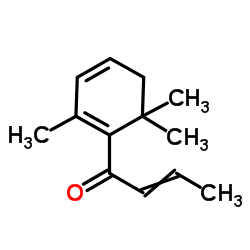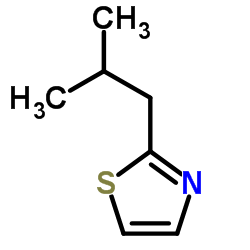| 结构式 | 名称/CAS号 | 全部文献 |
|---|---|---|
 |
突厥烯酮
CAS:23696-85-7 |
|
 |
2-异丁基噻唑
CAS:18640-74-9 |
| 结构式 | 名称/CAS号 | 全部文献 |
|---|---|---|
 |
突厥烯酮
CAS:23696-85-7 |
|
 |
2-异丁基噻唑
CAS:18640-74-9 |